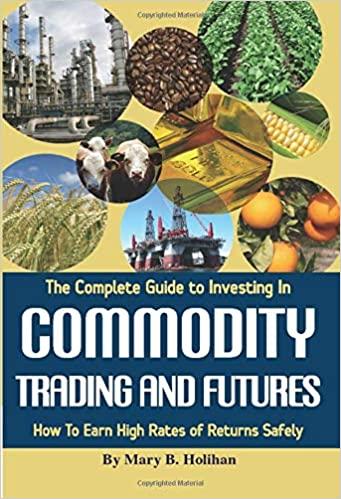Stocks A and B hove the folowing probabilty slseributions of expected Aure returns: Is it postide that thont investers mipht regard stock B as being less risky than stock A? 1. If Stock B is more righly correlated with the market than A, then it might have the same beta at stock A, and hence be just as risky in a portfolo sence Stari a Now calculate the coelficient of variation for Stock B. Do not round intermediate calculations. Round your answer to two decimal piaces. Is it possible that most investors might regard Stock B as being less risky than Stock A? 1. If 5 tock B is more highly correlated with the market than A, then it might have the same beta as 5 tock A, and hence be just as risky in a portfolio sense. I1. If 5 tock B is less highly correlated with the market than A, then it might have a lower beta than 5 tock A, and hence be less risky in a portfolio sense. IIt. If Stock B is less highly correlated with the market than A, then it might have a higher beta than Stock A, and hence be more risky in a partfolio sense. IV. If Stock B is more highly correlated with the market than A, then it might have a higher beta than Stock A, and hence be less risky in a portfolio sense. V. If Stock B is more highly correlated with the market than A, then it might have a lower beta than 5 tock A, and hence be less risky in a portfolio sense. c. Assume the risk-free rate is 2.5\%. What are the Sharpe ratios for 5 tocks A and B7 Do not round intermediate calculations, Round your answers to four decimal places: stock A: Stock B: Are these calculations consistent with the information obtained from the coefficlent of variation calculations in Part b? 1. In a stand-alone risk sense A is less risky than B. If Stock B is more highly corralated with the market than A, then it might have the same beta as Stock A, and hence be fust as risiy in a portfolio sense. It. In a stand-alone risk sense A is lss ripky than B, If stockB is less highy comeiated with the market than A, then it might have a lawer beta than Stock A, and hence be less risky in a portfolio sense. IIt. In a stand-alone risk sense A is less risky than B. If stock B. is less highly correlated with the market then A, then it might have a higher beta than 5 tock A, and hence be more risky in a portfollo sense. W. In a stand-alone risk sense A is mere risky than B. If Stock B is less highly correlated nith the market than A, then it might have a loner beta than 5 tock A, and hence be less risiyy in a portolio sense. V. In a stand-alone risk sense A is more risky than B. If Stock B is less highly contelated with the market than A, then it might have a higher beta than stock A, and hence be more ritky in a portolio sense








